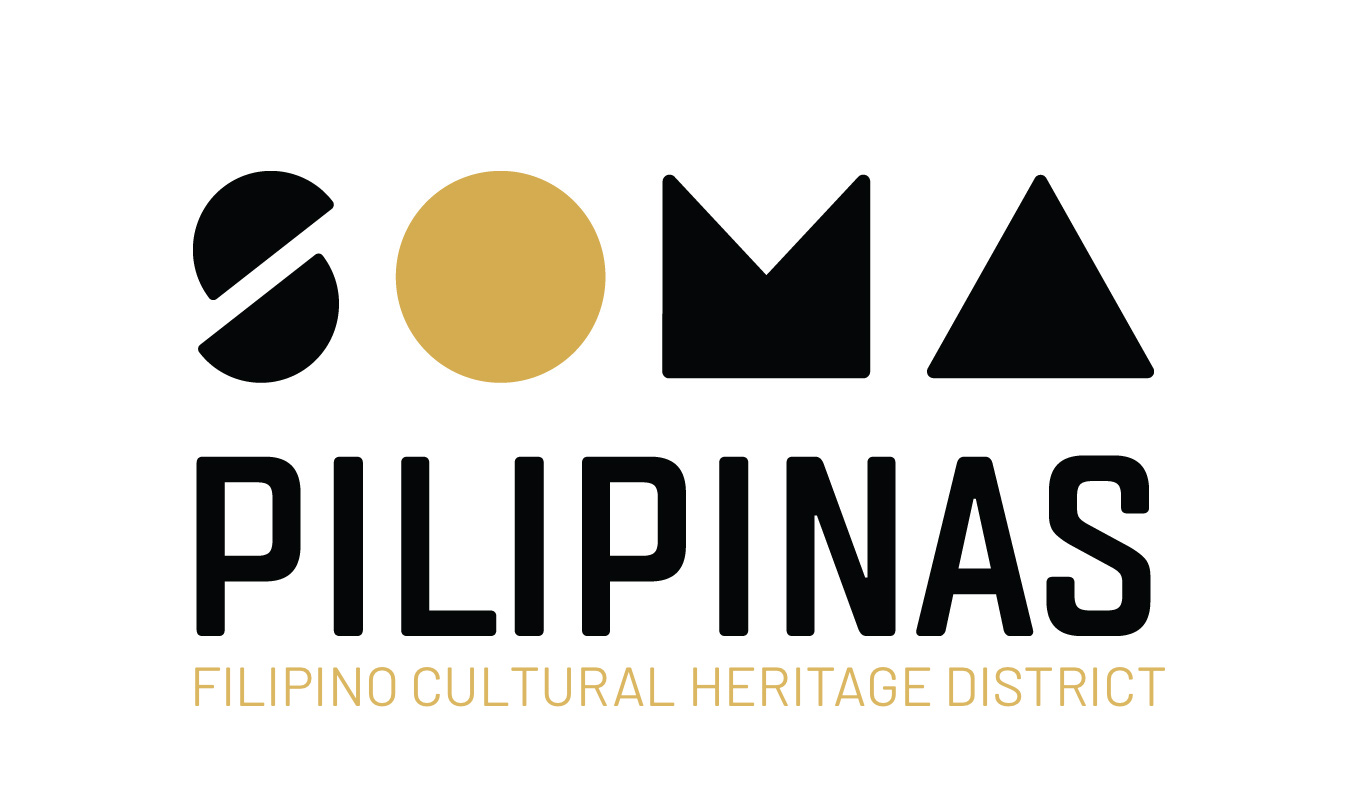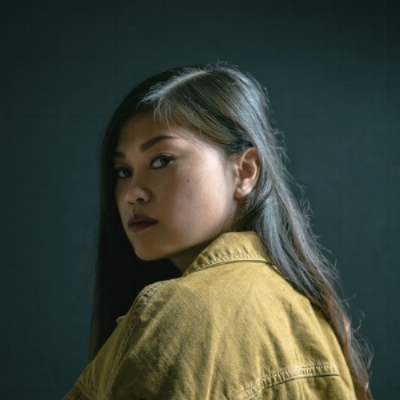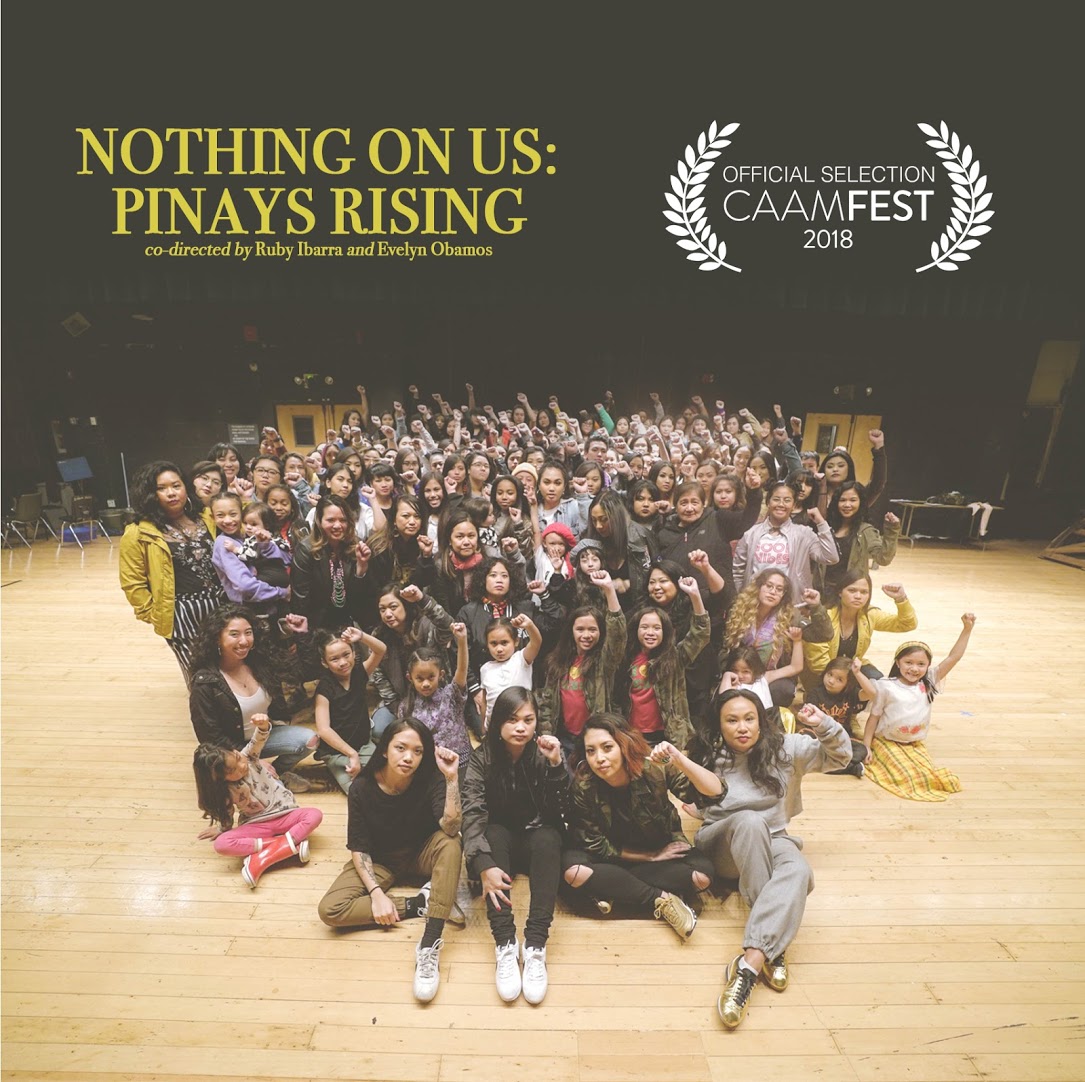Luisa Antonio on Barrio Fiesta: "Health is Wealth"

We spoke with Luisa Antonio, executive director of the Veterans Equity Center in the South of Market, to ask her about the history of Barrio Fiesta and the evolution of the Filipino community in the SoMa.
Luisa has been instrumental in reviving Barrio Fiesta, one of the community’s most vibrant celebrations, founded by the beloved Al Robles. One of the leaders within the community, her work engages both the elderly and the youth in order to preserve and pass on Filipino culture and traditions.
This year, Barrio Fiesta is on Saturday, May 19 from 11 AM to 4 PM at at the Gene Friend Rec Center on 6th and Folsom Street.
When did you start working within the Filipino community?
That’s a very tricky question. I started in 1991 as a college student and I got my first break in the South of Market where I worked for PIP – the Pilipino Early Intervention Project. It was one of the Projects of West Bay Filipino Office Services. Originally, I wanted to work with the tobacco use prevention but they had already filled all of the internship slots so I ended up with another program.
My first paid internship here in the South of Market was working with the youth of the juvenile hall. At that time there were a lot of Filipino immigrant families coming to San Francisco and the parents were busy working so the kids were joining gangs.
I’ve also done a lot of diversion – working with youth that are already involved in the juvenile justice system. Our youth services, especially youth in the juvenile justice system, was my start in the South of Market many, many years ago.
How did you get involved with Barrio Fiesta and its revival over the last few years? What was the festival like in the past?
During that time, Al Robles was also very active in putting together the festival and he started inviting me to it in the early 90s. He organized the Barrio Fiesta in September and it was traditionally a summer activity put on in the South of Market. The Barrio Fiesta festivals that I started attending in the 90s were held at the SomArts Center.
I did photography workshops with Kearny Street Workshop and that’s how I learned to develop and print my black and white photos at SomArts. At that time, Kearny Street Workshop and SomArts were looking for youth volunteers so I joined.
Uncle Al used to have inter-generational activities during the Barrio Fiesta. He started roasting his pig at two in the morning. It was great because SomArts had an outside area where he roasted the pig and there was a piano a few feet away so we would, you know, roast and cook and sing songs on the Friday of the Barrio Fiesta. It used to be a two day event so he would start Friday at dawn and then there would be activities in the morning and Bindlestiff used to do the shadow puppets.
There were poets who would come and do spoken word, they would do a poetry reading, and then at night they featured our very own singers – jazz singers. So you had Flip Nunez and the singer Sugar Pie de Santo! Sugar Pie De Santo would perform at the Barrio Fiesta so the morning would be more of the PG-rated events and performances and during the evening it would be more of the entertainment geared towards adults. Of course, Sugar Pie De Santo would be singing and gyrating her pelvis so that wouldn’t be something that you would – you know – want your kids around for!
I kind of grew up in that setting and it brought so many people, you know. You would have the poets, the youth in the neighborhood, families; it became a reunion for the old timers too.
The other thing is that there was always a sense of awareness during the Barrio Fiesta and that was what Uncle Bill Sorro brought. Because if there were issues within the community, we would give out information and we would have someone talk about it to spread awareness. That’s the kind of spirit of what we wanted to bring back four years ago when we revived the festival.
When I did the very first Barrio Fiesta, I wanted to make sure that we kept the original intention of the founders who used to put on Barrio Fiesta. So, I started talking to the Robles family because I knew that Uncle Al and Russell were the ones who spear headed the Barrio Fiesta. I needed to get the blessing of the Robles family through Tony Robles.
What changes did you make in the process of reviving the festival?
We kept some things like the tradition of roasting the pig that Uncle Al used to do. But we couldn’t find someone in the community that knew how to roast pig so we had to turn to another vendor to help us out in that area.
Another change was the duration of the event. From a weekend event, Barrio Fiesta became a one day celebration. The event only lasts a day but preparation takes much longer. And the venue has changed – we’re not using SomArts anymore. We relocated to Gene Friend Recreation Center.
It’s still an inter-generational program of events but instead of having people do the artwork for the flyer, we made it a tradition to go to our local schools to get them to submit artwork from elementary and middle schools. We pick a couple pieces and one becomes part of our outreach material and the other one we use for our t-shirts.
So it’s still small, it’s very community-based, we don’t accept any funding from the big corporations. We try to shy away. Everything is pretty much whatever the community can bring. We still have the lechon. Unfortunately this year, we won’t be roasting a lechon on site but we will still have lechon for everyone to eat. And this year, the theme is “Health is Wealth” – every year we have a theme. And that’s also the theme that we give to the youth so that they can create their artwork.
Back in the day, you’d have the fashion show where the manangs and the manongs will be wearing their Maria Clara dress. This time, it’s more of showcasing the talents of seniors. We have a community choir here at the Bayanihan Equity Center so they will be performing the youth will be singing as well. It’s about showcasing more of the talents that we find in the community and giving them a space to perform at Barrio Fiesta.
What challenges have you faced in organizing the Barrio Fiesta?
Number one, what restricts you is funding.
Let’s say a large corporation has an interest in giving you funding for the festival. But how is that company perceived in the community? The corporation wants the publicity but if you don’t believe in what they’ve done then it’s disrespectful to the community that you are serving to accept that funding because community members were victimized by these corporations’ practices. You also don’t want anyone to dictate how you get your community together. So this becomes a challenge.
We have a small grant from the South of Market Stabilization Fund. But for the most part – the talent, the time, putting this all together – none of us get paid but what we spend the money on will be the food. And we give stipends to the performers and organizations that help put on the festival. Funding will always be a challenge in what we can do to grow the festival to what it once was.
What do you hope to see in future Barrio Fiesta celebrations?
That’s a good question because I always like to look back at how Barrio Fiestas were in the past. We had more participation in the past because it was a longer festival. We’re not there yet but you hope that in the future you have more people who will attend. Even 75% of what Uncle Al had in the past would be great.
And maybe we could take it to another venue so we could accommodate larger crowds. That was the beauty of SomArts – it’s such a fabulous gallery, you could have some activities inside while still having the outdoor space as well.
Having more partners involved – currently we’re working with Galing Bata and SOMCAN, to name a few – would help too. Our community partners are also our organizers in putting on this event.
To me, I have my priorities: you want to give stipends to the performers and organizations because they’re a part of the community that you’re serving. It’s not about the money, but it’s about respecting the people and their work, their art, the time and effort that they put into Barrio Fiesta.
Any closing thoughts?
We just want the South of Market community to come out. Barrio Fiesta is for them. It’s an opportunity to meet our neighbors. And it’s not just for Filipinos – it’s for the whole South of Market community. It’s an opportunity for us for us to have one day where we can build bridges and make friends. What makes our community stronger is working together and the friendships that we make. And what better way to show that than to have a Barrio Fiesta?
More information about Barrio Fiesta here
Written by Cat Jimenez






